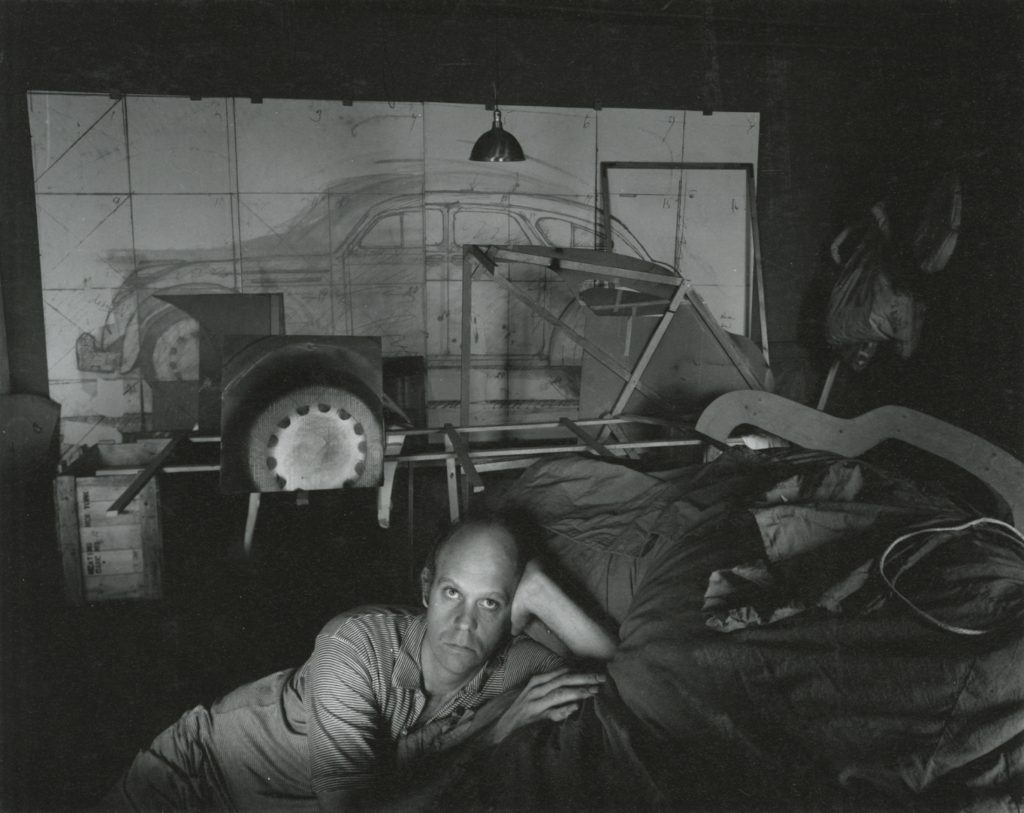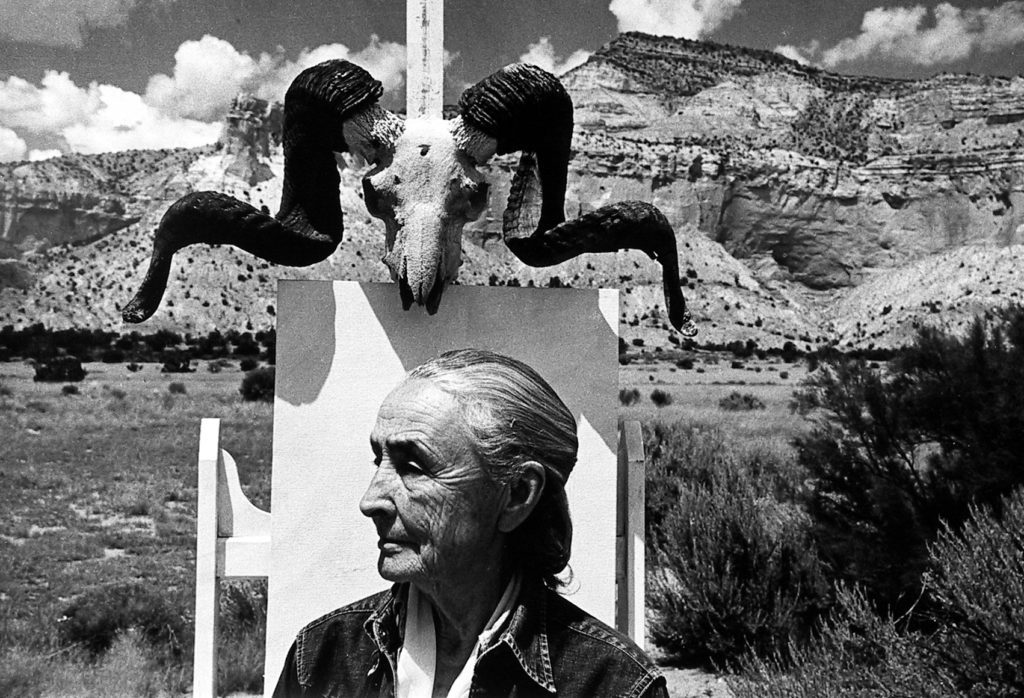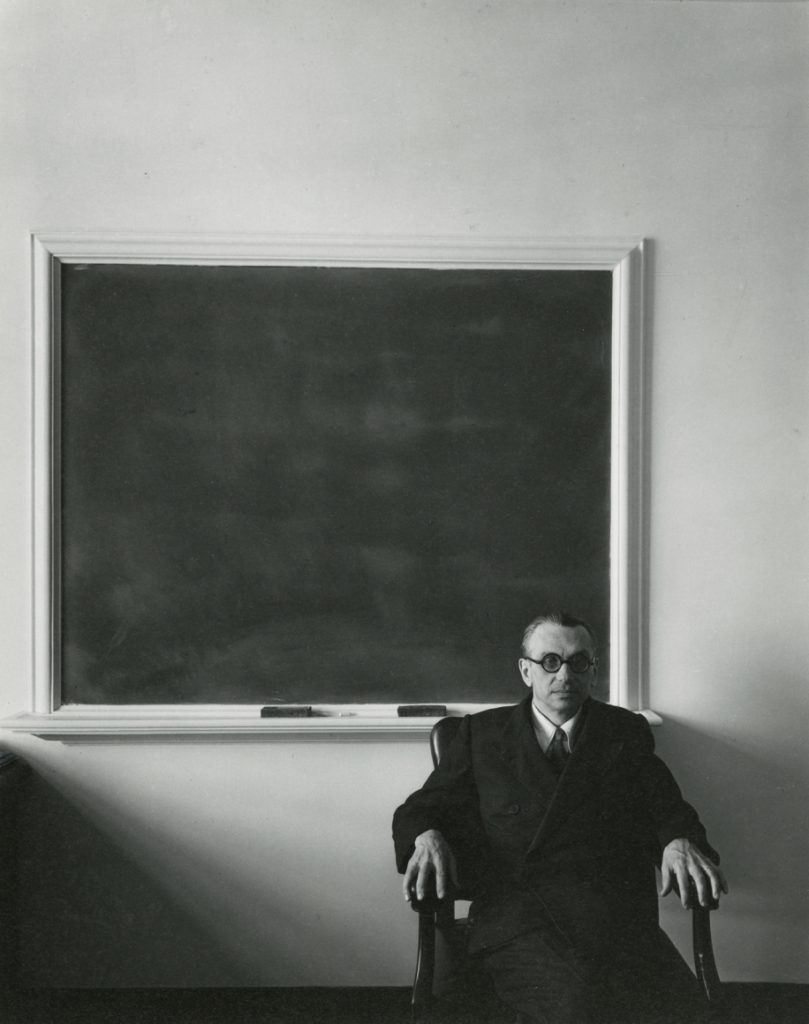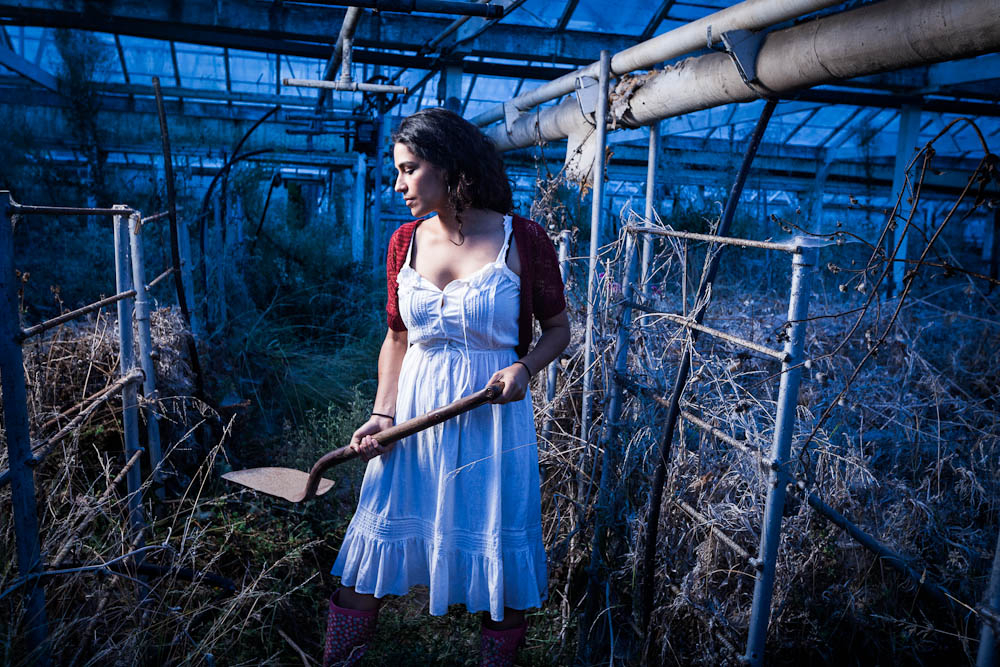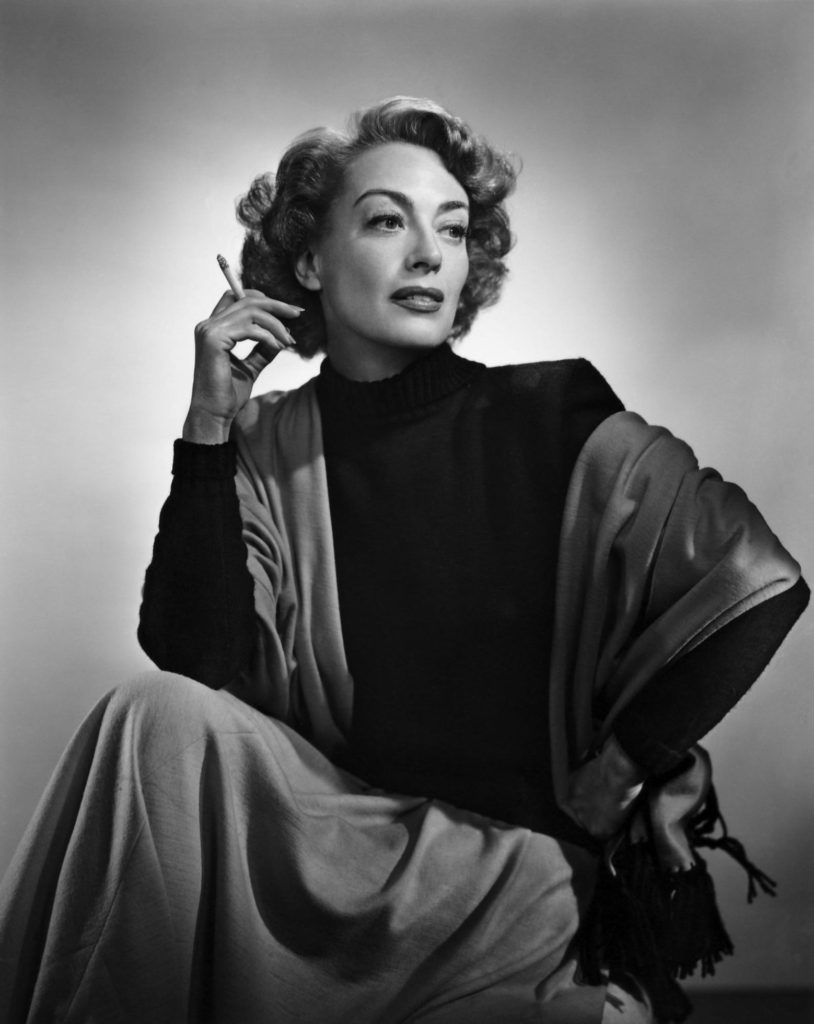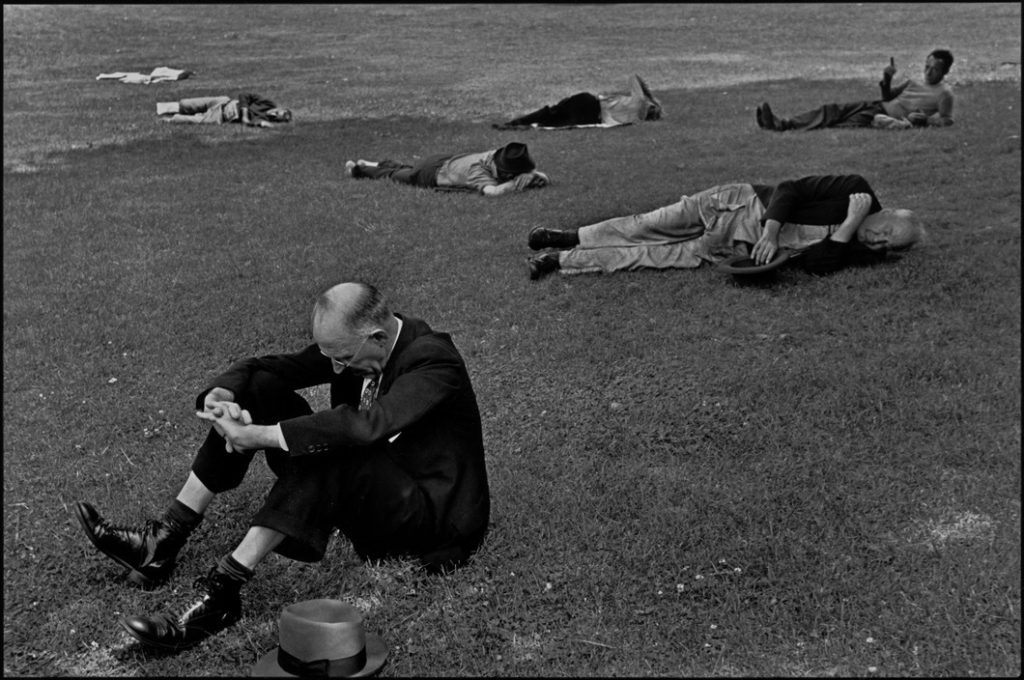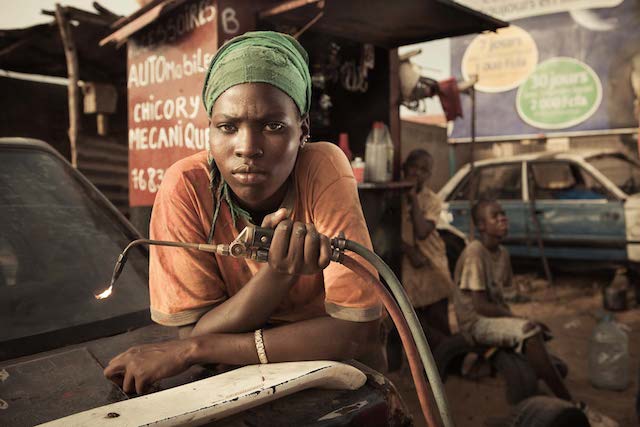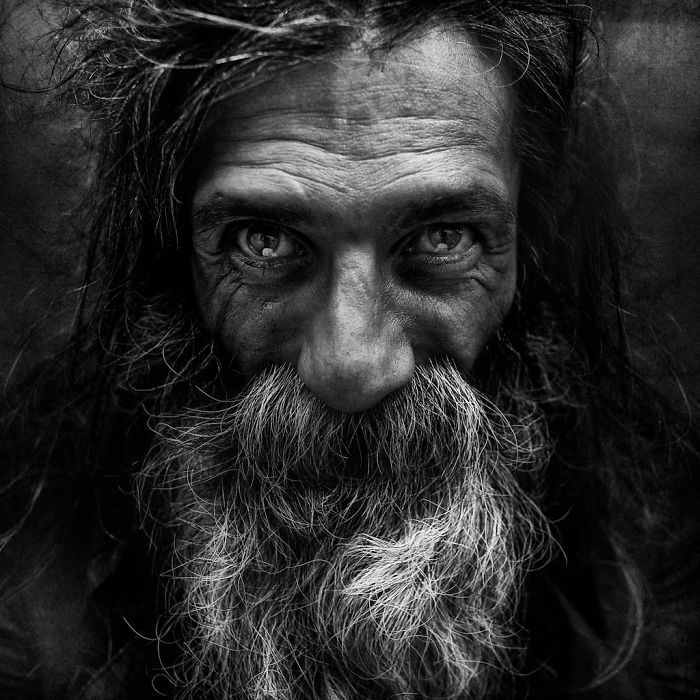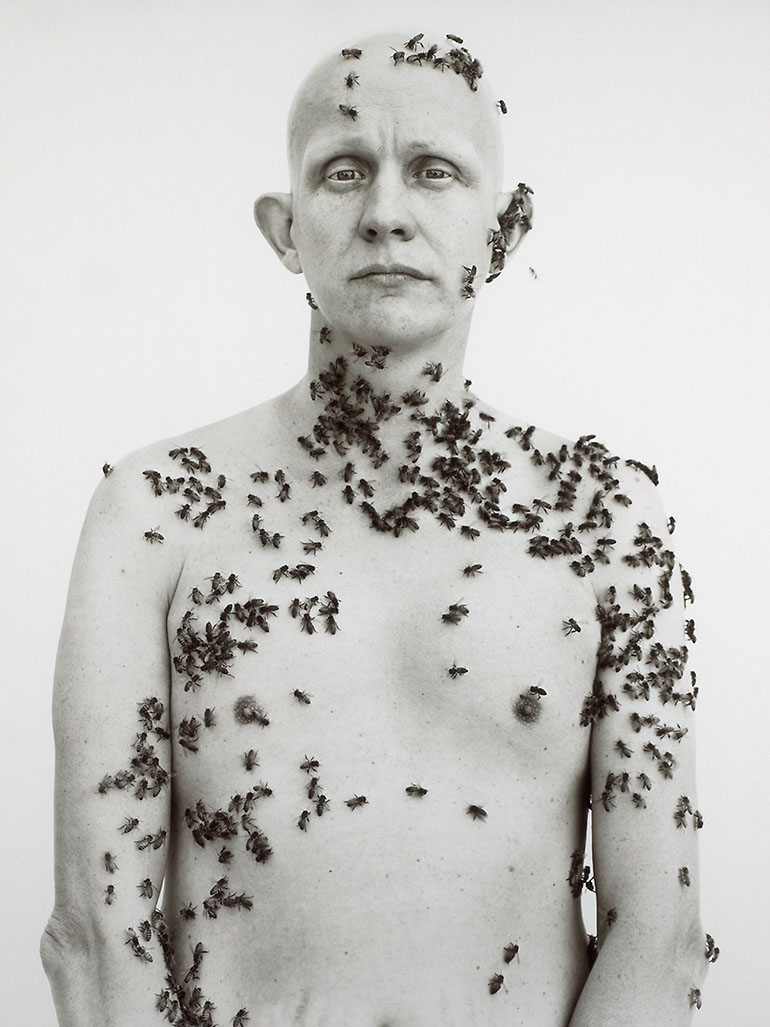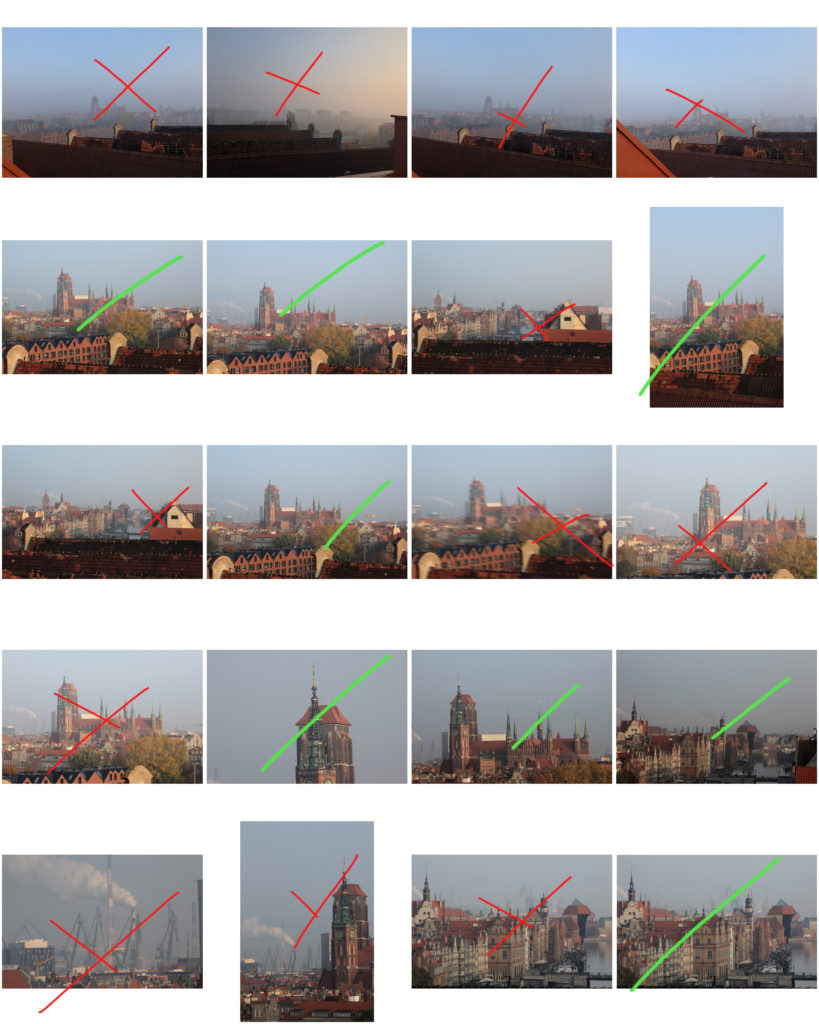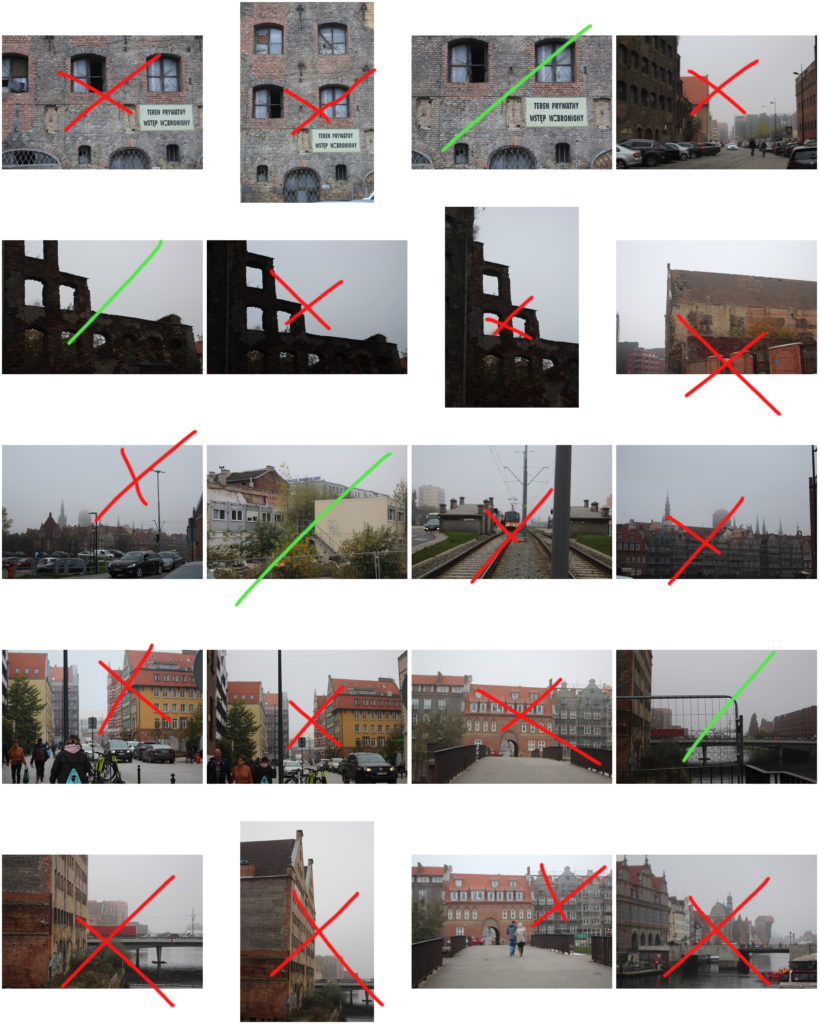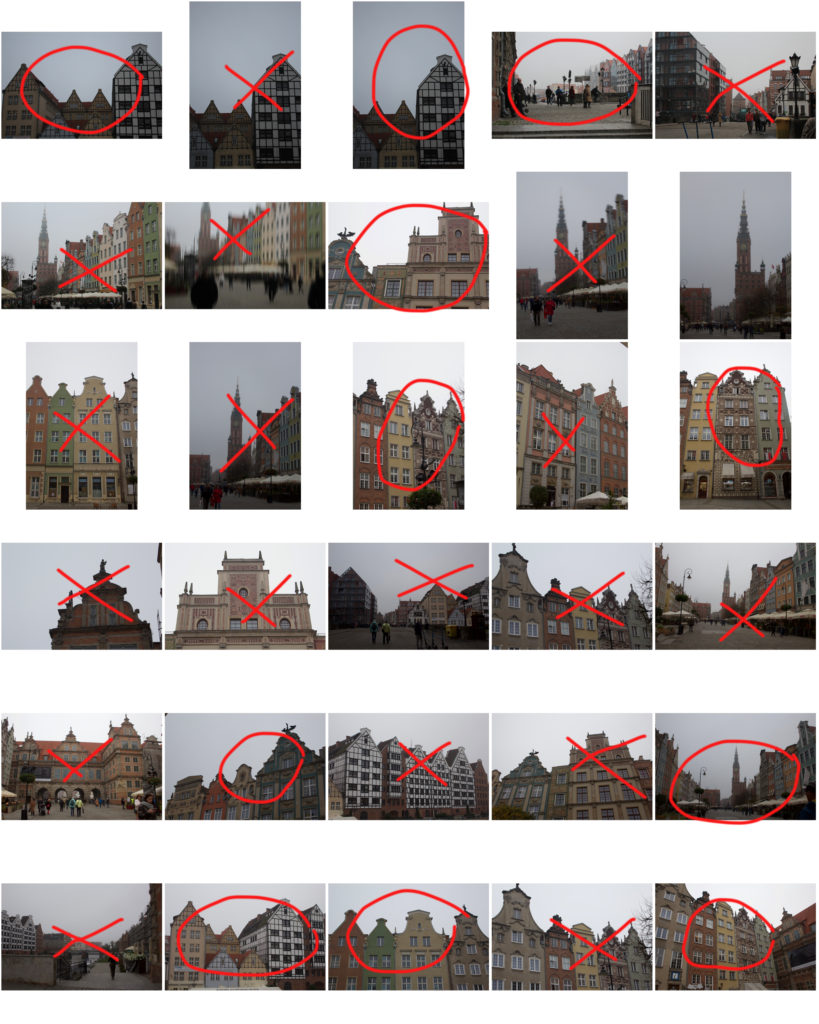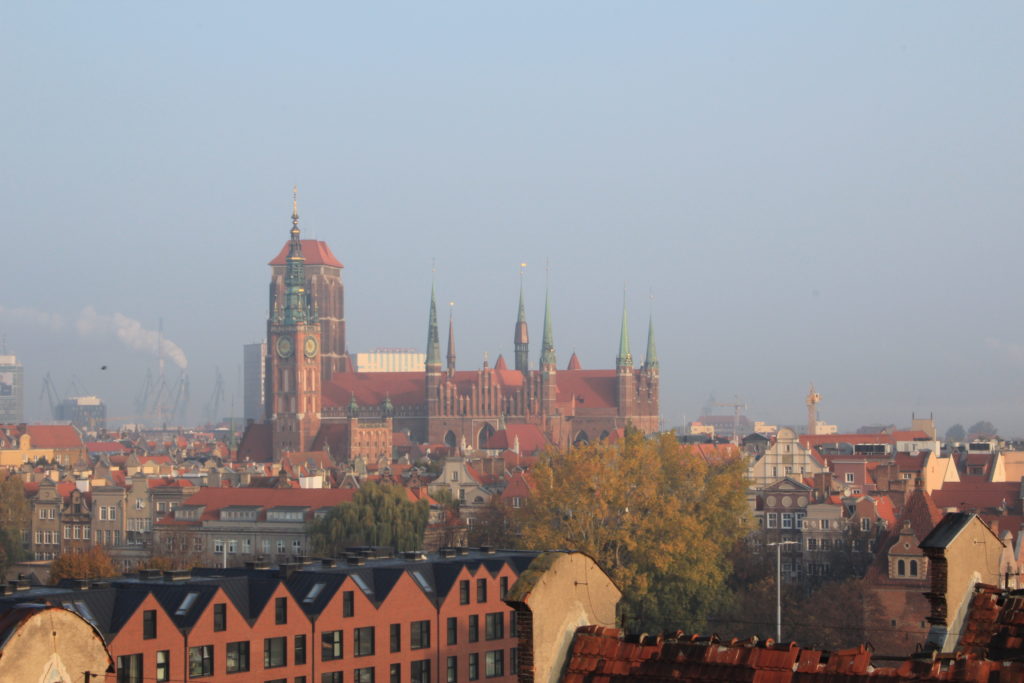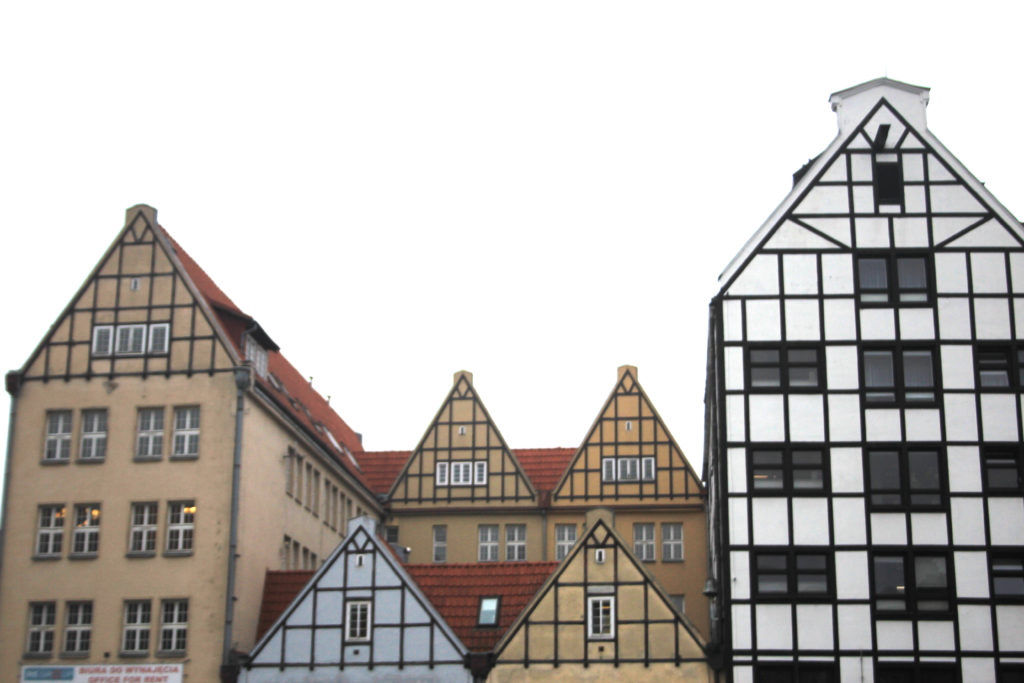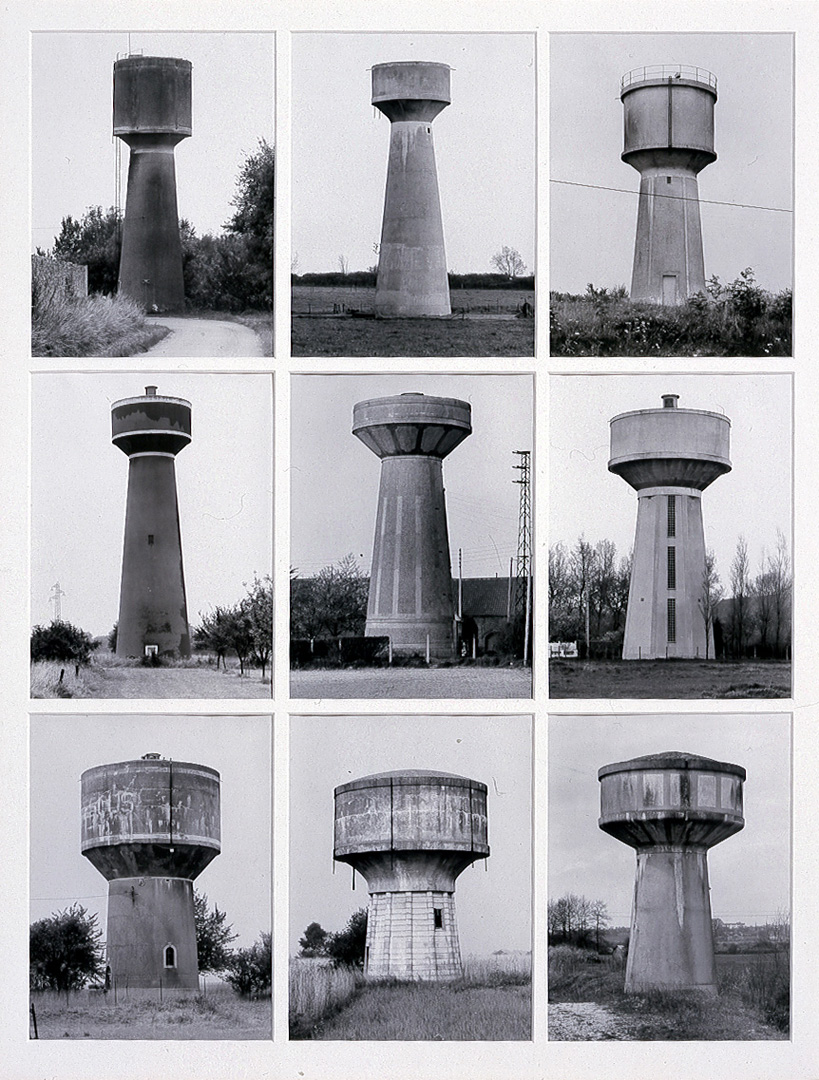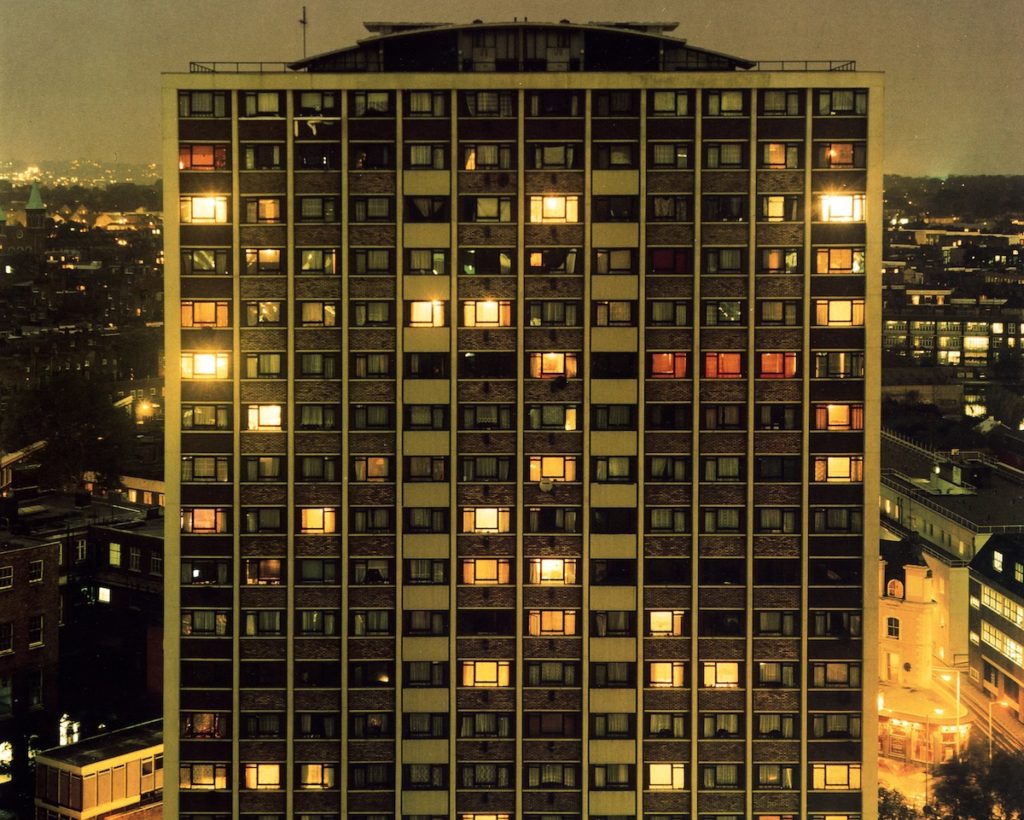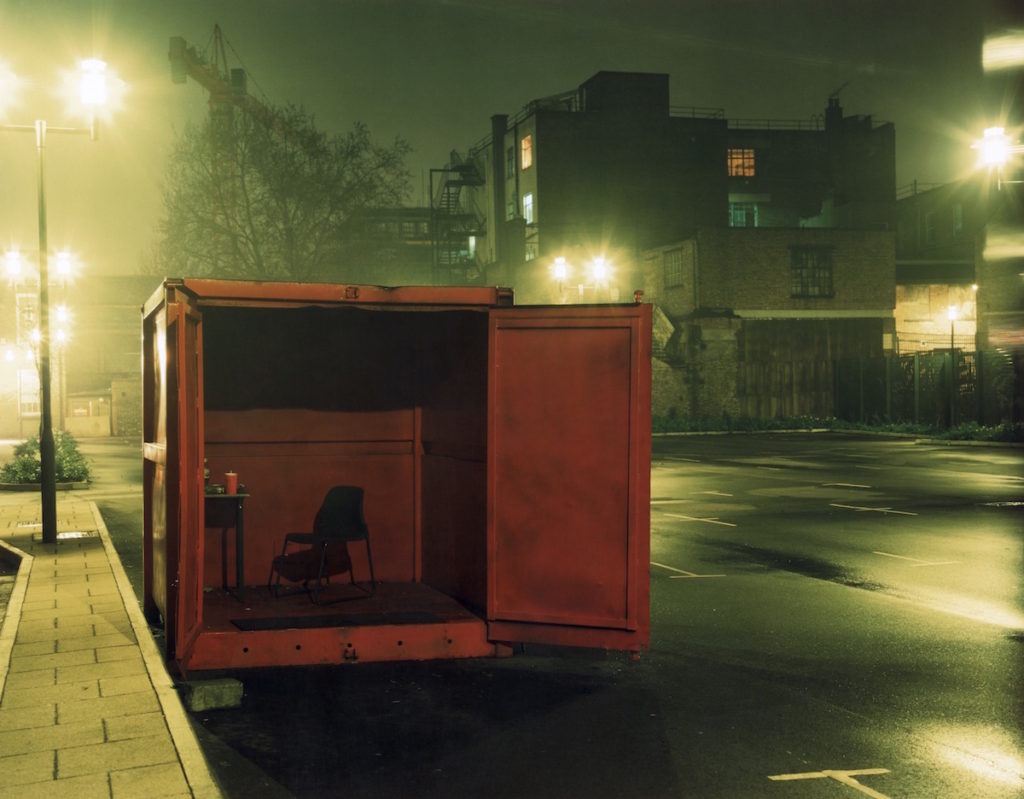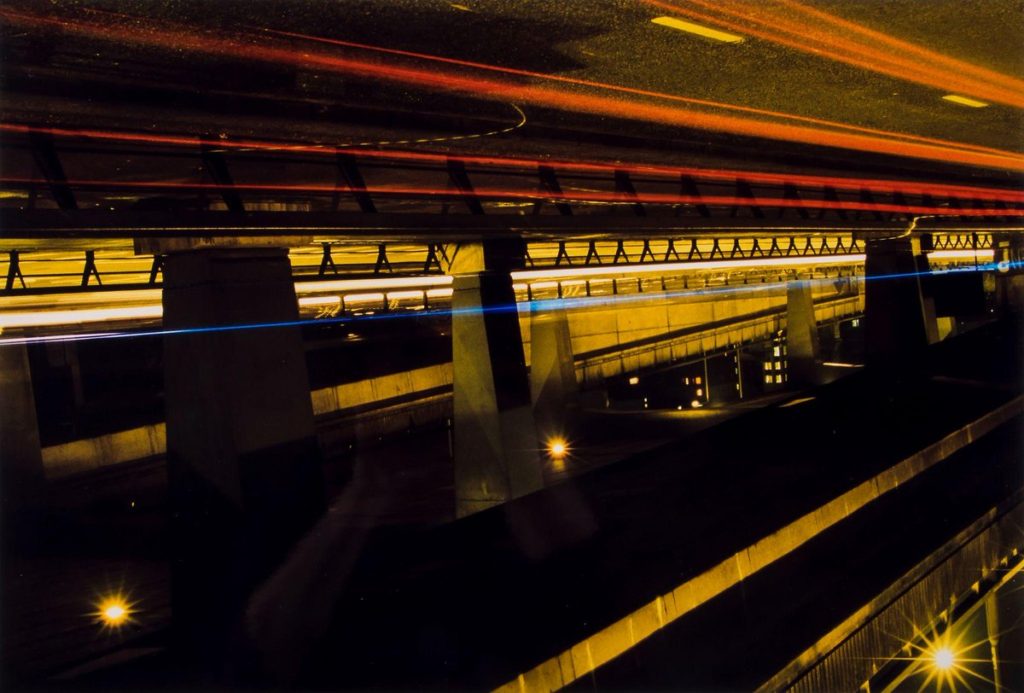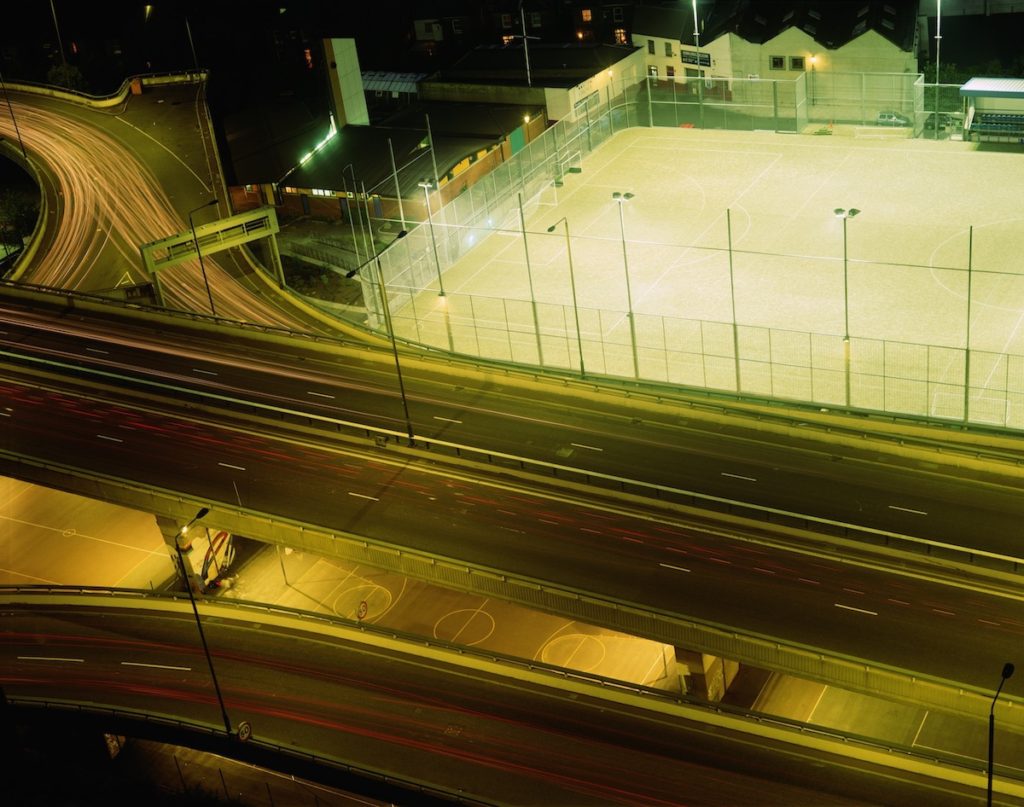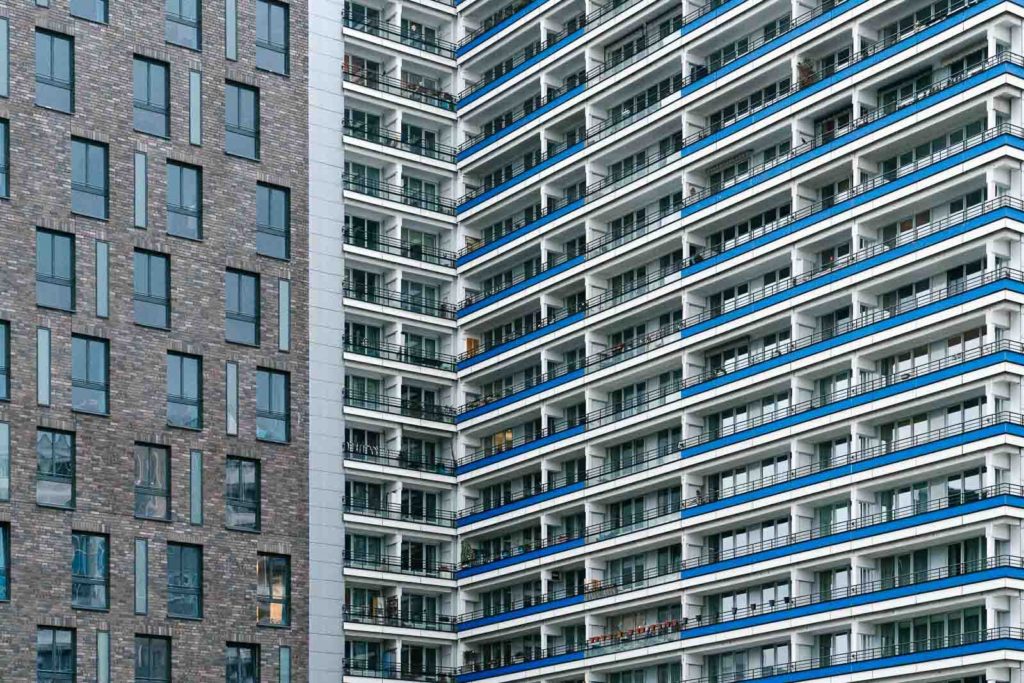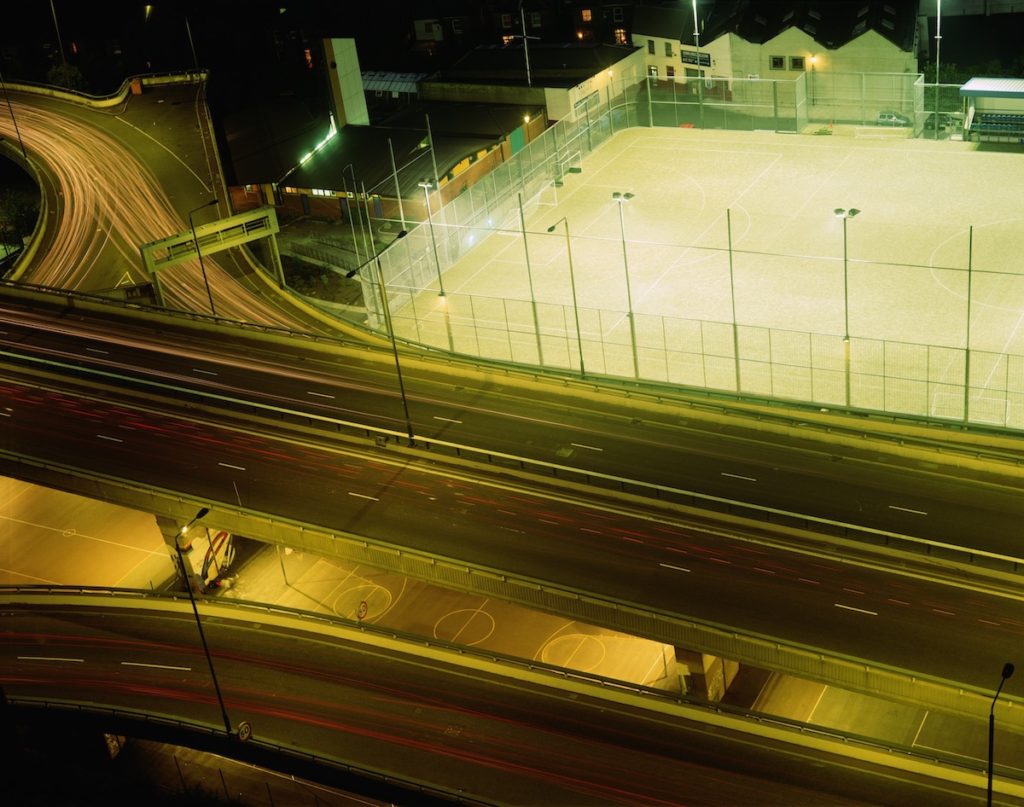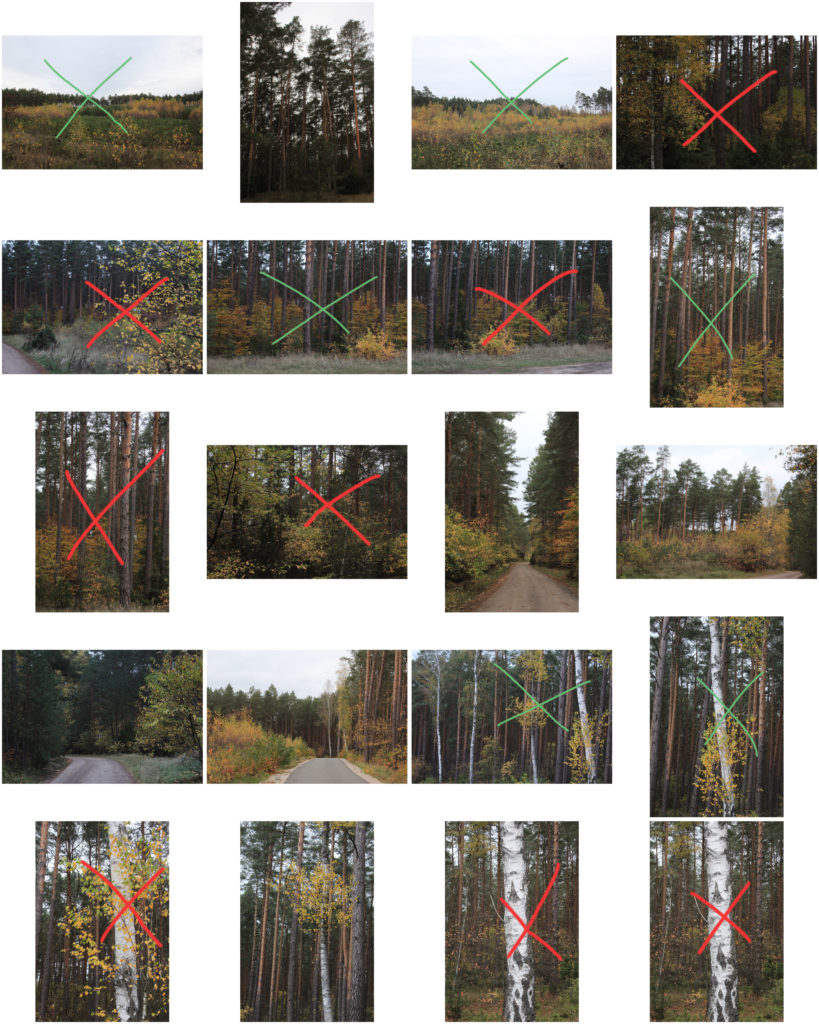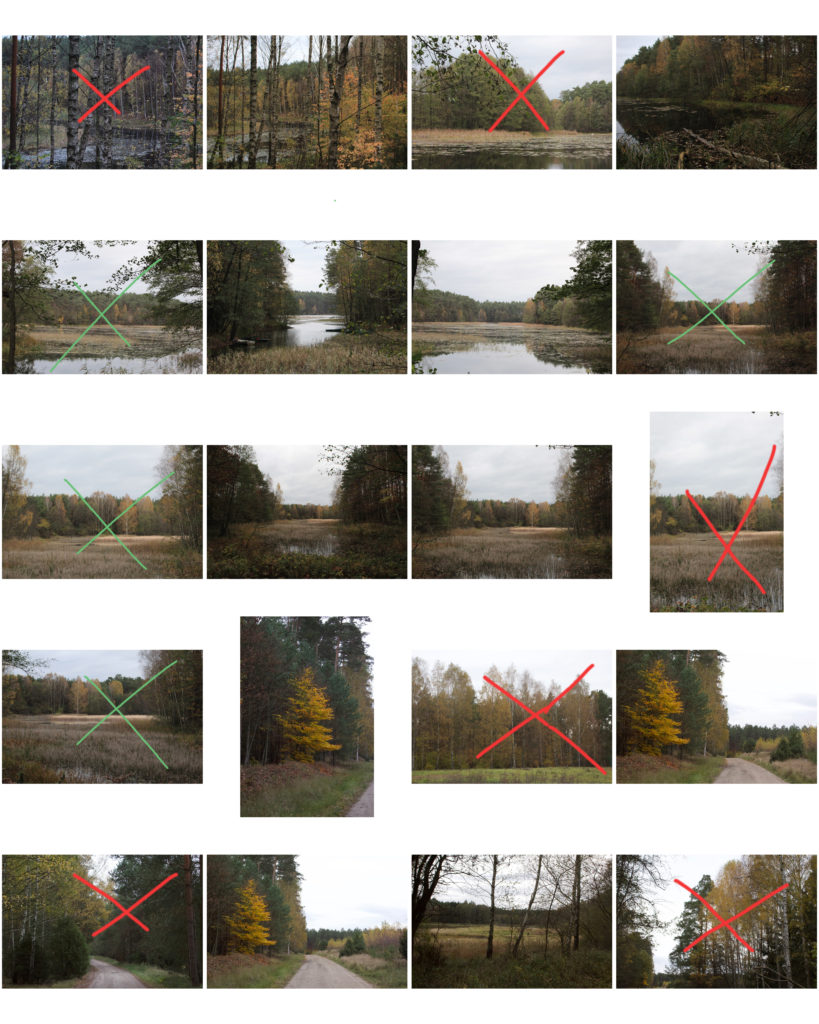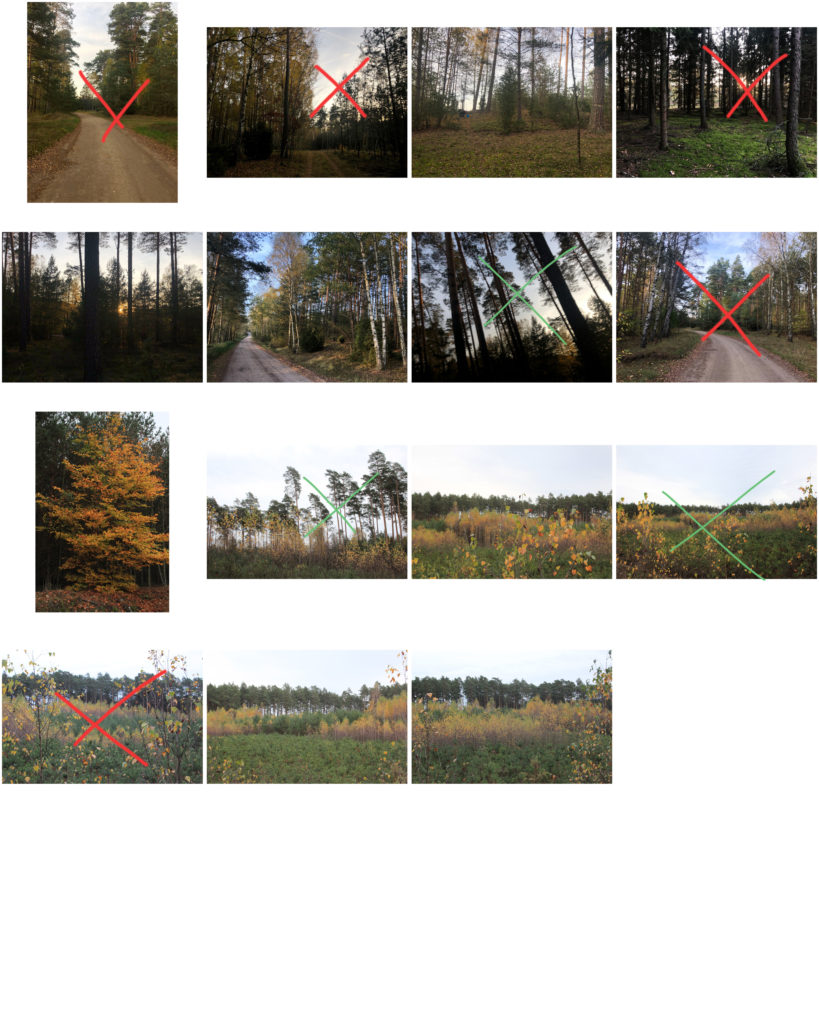INSPIRATION:

I will be taking inspiration from Arnold Newman’s environmental portrait photography as it is simple yet effective. I also enjoy his editing style, which is black and white, I would like to use this in my experimentations and editing of my outcomes.
PHOTOSHOOT PLAN:
WHO
I will be taking photographs of a chef at Berestford Street Kitchen in St Helier.
WHAT
I will focus on the working space of the chef and the equipment they use in the kitchen. Features of the backdrop may include ovens, cookers, spiking and grills. This will surround the subject of the photograph it chair working environment. It could also include their office or desk space, however I will include these ideas in my experimentations.
WHERE
I will take the photoshoot in the kitchen of Berestford street, where the chef spends his day working.
WHEN
I will take the photographs during the first week of December.
WHY
I think that this is a good example of an environmental portrait setting as this is the chefs natural setting where they will feel most comfortable. It also shows their working environment and includes themes to their job/ occupation.
HOW
During the photoshoot I will make sure I have a range of head-shot / half body / three quarter length / full length body shots. The lighting in the kitchen is fluorescent so there are no cool or warm shades to the light.
- My camera settings will consist of a relatively low ISO of 100/200
- the shutter speed will be relatively high to eliminate blurs from camera shakes and I will now be using a tripod.
- the aperture will be low to compensate for the high shutter speed.


